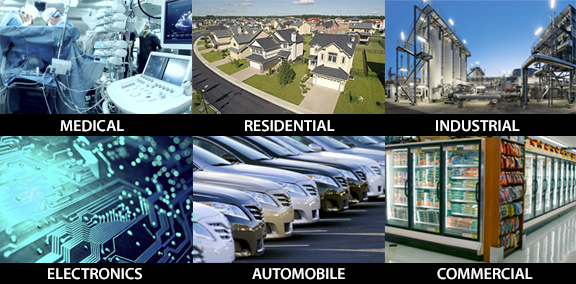Magnetocaloric Effect
The Magnetocaloric Effect is commonly seen as a reversible heating and cooling of magnetic solids upon their exposure to a varying magnetic field. An increase or decrease in the strength of an external magnetic field modifies the ordering of the magnetic moments of the atoms that form the material, thus altering magnetic entropy. When there is no heat exchange with the environment, the magnetic entropy change must be compensated by a change in material's temperature, i.e. it either heats or cools.
The Magnetocaloric Effect is the strongest near the material’s Curie temperature, i.e. the temperature of its spontaneous magnetic ordering/disordering. When the magnetic ordering coincides with a structural change affected by the field, an additional heat is released or absorbed, thus strongly enhancing the Magnetocaloric Effect that can be used to efficiently refrigerate.
Magnetocaloric Materials
- Metals
- Alloys
- Complex Oxides & Ceramics

Advantages of Magnetic Refrigeration
- More efficient than conventional technologies
- No gases or volatile liquids involved
- Non-hazardous
- Low vibration and noise
- Re-usable and recyclable parts and components





